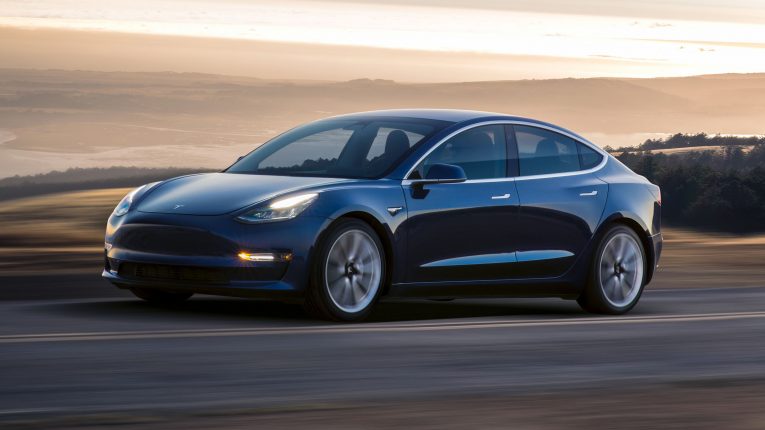
How to Jump Start a Car With an Electric Vehicle
If you see someone stuck at the side of the road, you might drive past them if you drive an EV, not because you don’t want to stop and help, but because you aren’t aware that you can charge a lead-acid battery with your electric vehicle. It is possible, but you need to know your stuff! Used Tesla/Electric Cars for Sale in Maryland
Can you Jumpstart With an EV?
Electric vehicles such as the Tesla range use a hub of lithium-ion batteries that provides the best charge potential and range. Unfortunately, these batteries can’t be used to jumpstart another vehicle – they are not high voltages. However, Teslas also have a 12V battery to power the onboard computer and other things such as light – this battery can be used for jumping.
How to Jumpstart With an EV
If you intend to jumpstart another vehicle using a Tesla or other EV, you need to know what you’re doing; if you connect the wrong battery, you risk damaging the EV engine. However, if you know what you’re doing, it is quite safe, If your car has been leased, learn more here.
Position Cars
The first thing you need to do is position the cars so the jumper cables can reach without stretching; you don’t want the clips to come off while the vehicle is charging. Identify the location of the high capacity batteries and adjunct the cars so you can connect them up safely.
Turn on Brake
Make sure the two cars involved in jumping are in the correct position and have their brakes on; also, make sure they are in neutral. When you charge a combustion engine with an EV, you need to do so with the engines turned off in case the EV engine overloads – just trickle-charge it.
Switch off Engine
As noted above, you need to switch off the engines if you want to charge up a lead-acid battery. Switch off the engine and connect the two batteries together, connect the positive terminals of the battery and the negative terminal to the car body, then allow the battery to trickle charge.
Attach Negative Clamp
It’s best to attach the negative clamps first because the batteries are grounded, and there is less chance of damaging the clips or battery terminals with charge and sparks. One of the negative terminals goes on the negative terminal of the battery; the other goes on the car’s bodywork.
Attach Positive Clamp
Once you have located the high capacity battery in the EV and positioned the vehicles so the jumper leads can connect easily, attach the positive terminal of the batteries. One of the clamps goes on the lead-acid battery; the other goes on the EV high-cap battery to start the charge.
Charge and Start
The main difference between charging with an EV and a conventional vehicle is the style of charging; with an EV, you can’t keep the engines running or start the vehicle while it is still charging. Both cars must be switched off; after five or ten minutes, you can decouple and start.
Things to Remember
It’s best to avoid charging cars with an EV, but if you’re in a pinch, it’s possible; remember to never use the lithium-ion battery for charging and source the 12-volt lead-acid battery instead. Batteries can be dangerous to work with, so wear gloves and always take precautions.
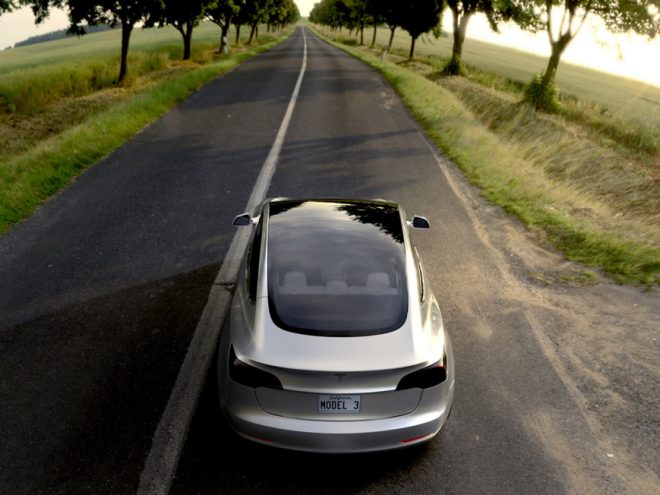
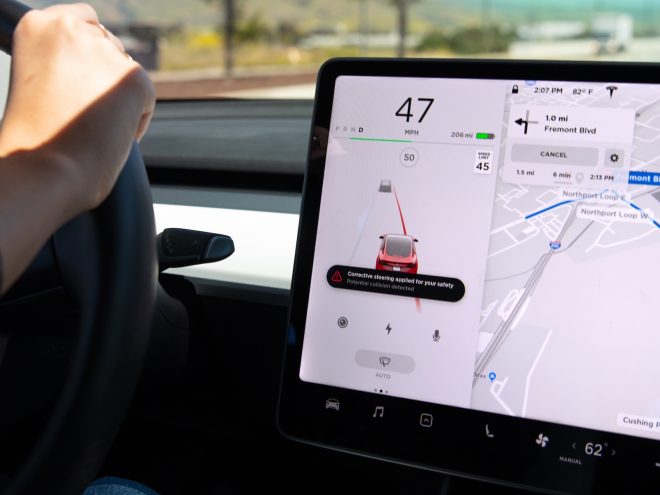
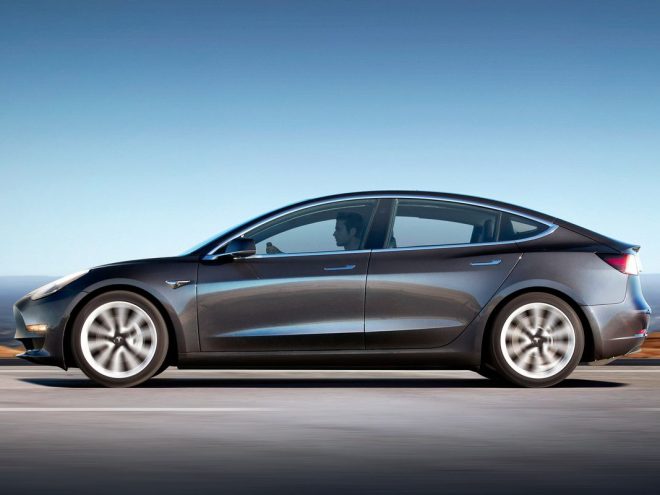
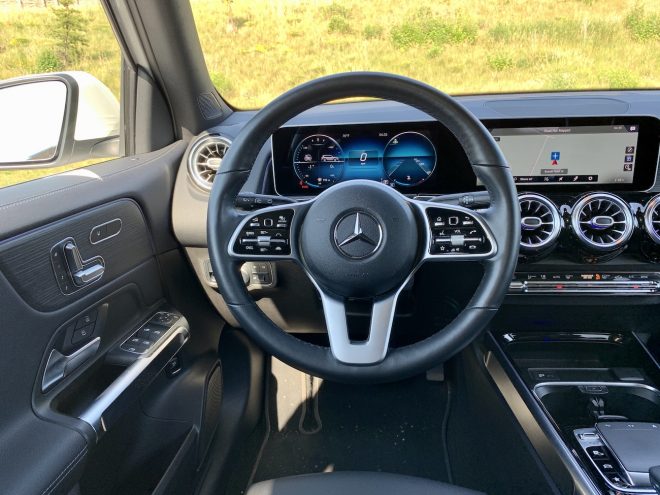
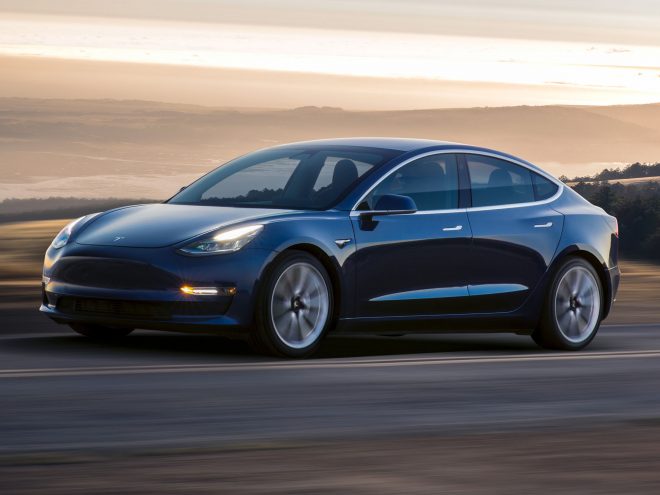
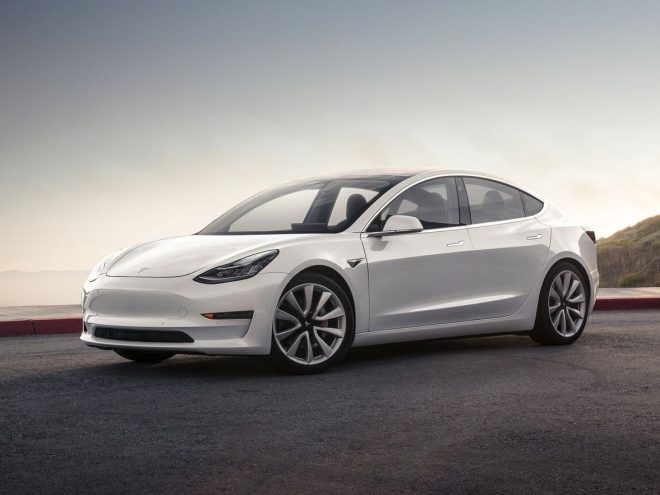




Tu abogado te aconsejará las mejores acciones que se tomarán a continuación al presentar tu demanda. Y lo más importante, sacará la cuenta exacta de tus daños y perjuicios para que recibas, exactamente, la cantidad que mereces por los daños provocados a tu persona y propiedad.
https://abogadosdeaccidentesahora.com/locaciones/abogados-de-accidentes-en-santa-ana-calle-17/abogado-de-accidentes-de-carro-en-santa-ana/